Uncategorized
-
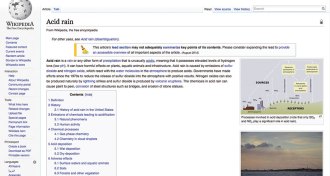 Science & Society
Science & SocietyContentious science topics on Wikipedia subject to editing mischief
Global warming and other politically charged issues are prime targets for sabotage on Wikipedia.
By Meghan Rosen -
 Health & Medicine
Health & MedicineStiff cellular environment links obesity to breast cancer
Obesity may directly support tumor growth by making a cell’s surroundings stiffer.
-
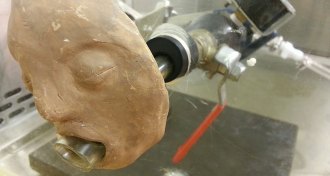 Health & Medicine
Health & Medicine‘Vomiting device’ sounds gross but it helps study infections
Scientists created a “vomiting device” to study how norovirus spreads through the air.
-
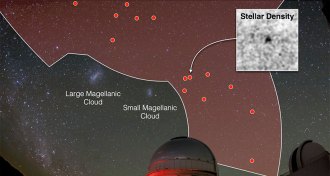 Astronomy
AstronomyEight more galaxies found orbiting the Milky Way
The dozens of satellite galaxies that orbit the Milky Way make excellent laboratories for studying dark matter.
-
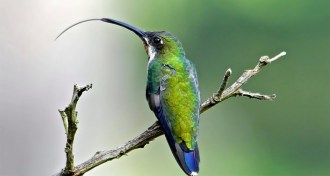 Animals
AnimalsHummingbird tongues may work like micropumps
Hummingbird tongues work as elastic micropumps instead of simple thin tubes, researchers say in latest round of a scientific debate.
By Susan Milius -
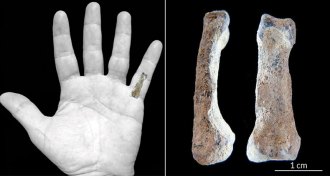 Anthropology
AnthropologyOldest humanlike hand bone discovered
Found at Tanzania’s Olduvai Gorge, pinkie bone is 1.84 million years old.
By Bruce Bower -
 Health & Medicine
Health & MedicineTeen e-cig users more likely to smoke tobacco
E-cigarette use is linked to later tobacco use in teens.
By Meghan Rosen -
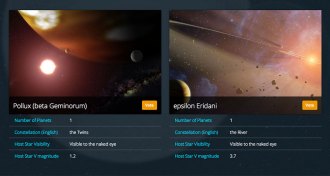 Astronomy
AstronomyChoose Ninja, Cervantes or Rosalind as names for exoplanets
Names for 20 exoplanets are in the hands of a discerning online audience.
-
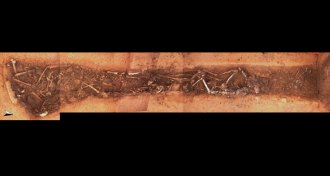 Anthropology
AnthropologyBones revive a 7,000-year-old massacre
Bones suggest Central Europe’s first farmers had an extremely violent streak.
By Bruce Bower -
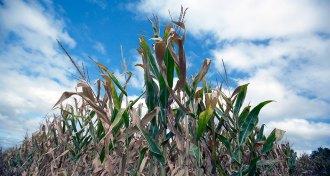 Climate
ClimateCarbon cuts could save U.S. farmers billions of dollars
Reducing carbon emissions could save U.S. agriculture industry billions of dollars annually by curtailing droughts.
-
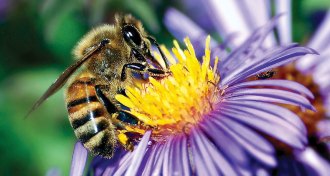 Microbes
MicrobesBacteria in flowers may boost honeybees’ healthy gut microbes
Honeybees may deliver doses of probiotics to the hive to help feed baby bees’ microbiome.
By Beth Mole -
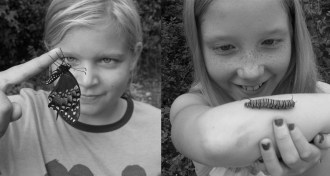 Chemistry
ChemistryThree kids’ science books offer fun, fascinating experiments
No matter what interests kids, there’s a do-it-yourself science book for them. Here are three with entertaining and educational options.